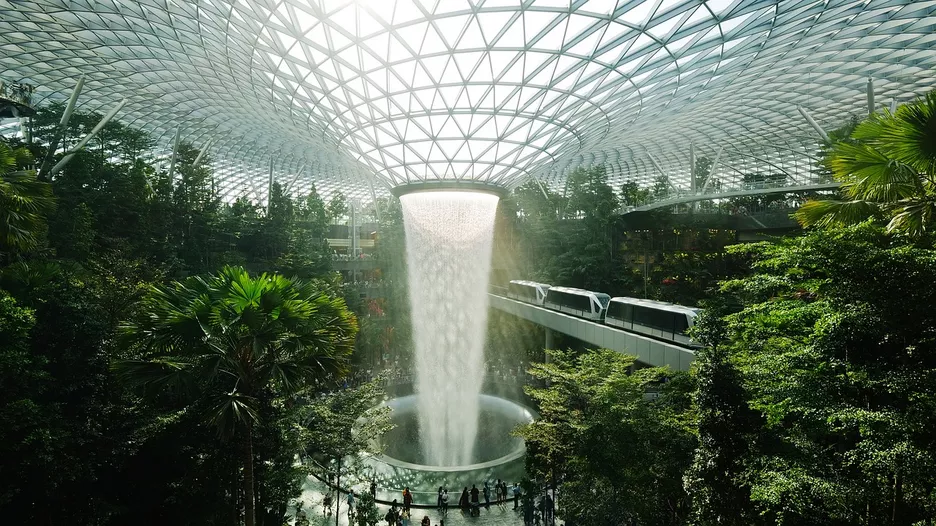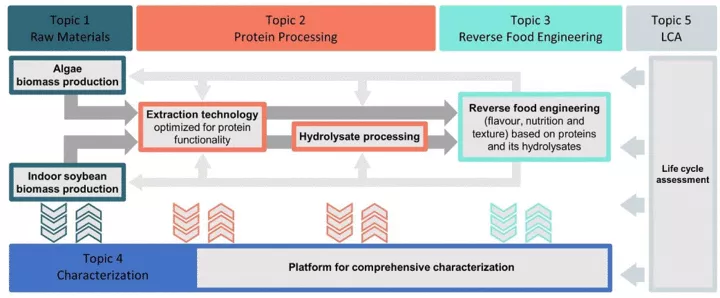Proteins4Singapore – For a sustainable protein supply using reverse food engineering and additive manufacturing

The foundations for the "Proteins4Singapore" project were laid as part of TUMcreate - the cooperation platform of the Technical University of Munich and Nanyang Technological University Singapore. As a country heavily dependent on food imports, Singapore wants to increase its own food production from 10% to 30% by 2030. The production of protein-rich foods from alternative sources, such as algae, protein-rich plants or side streams from aquaculture, is a core concern. Due to limited agricultural land, low space consumption and indoor farming play a particularly important role. In this sense, self-sufficiency and sustainability goals (such as low resource consumption and regional supply chains) overlap in the project.
From a technical perspective, Proteins4Singapore focuses on reverse food engineering and additive manufacturing. Reverse food engineering deals with the question of how individual components of a foodstuff contribute to the overall impression of the product (flavour, texture, nutritional physiology) and how the modification of certain components can lead to an improvement in flavour or consistency, for example. Additive manufacturing opens up opportunities to bring protein-containing extracts into product form in diverse and sensorially appealing textures. Both processes should contribute not only to establishing efficient and sustainable production methods, but also to producing protein products that meet the flavour expectations and nutritional requirements of the customer base.
With Prof. Michael Rychlik as Principal Investigator, our department is primarily involved in the analytical characterisation of the relevant foods. From our side, the focus is primarily on the determination of bioactive metabolites such as vitamins in the products in order to be able to make statements about the health effects.
Further information can be found on the websites of the TUM School of Life Sciences and TUMcreate. A broad overview of the most important areas of the project is also provided in the following figure:
